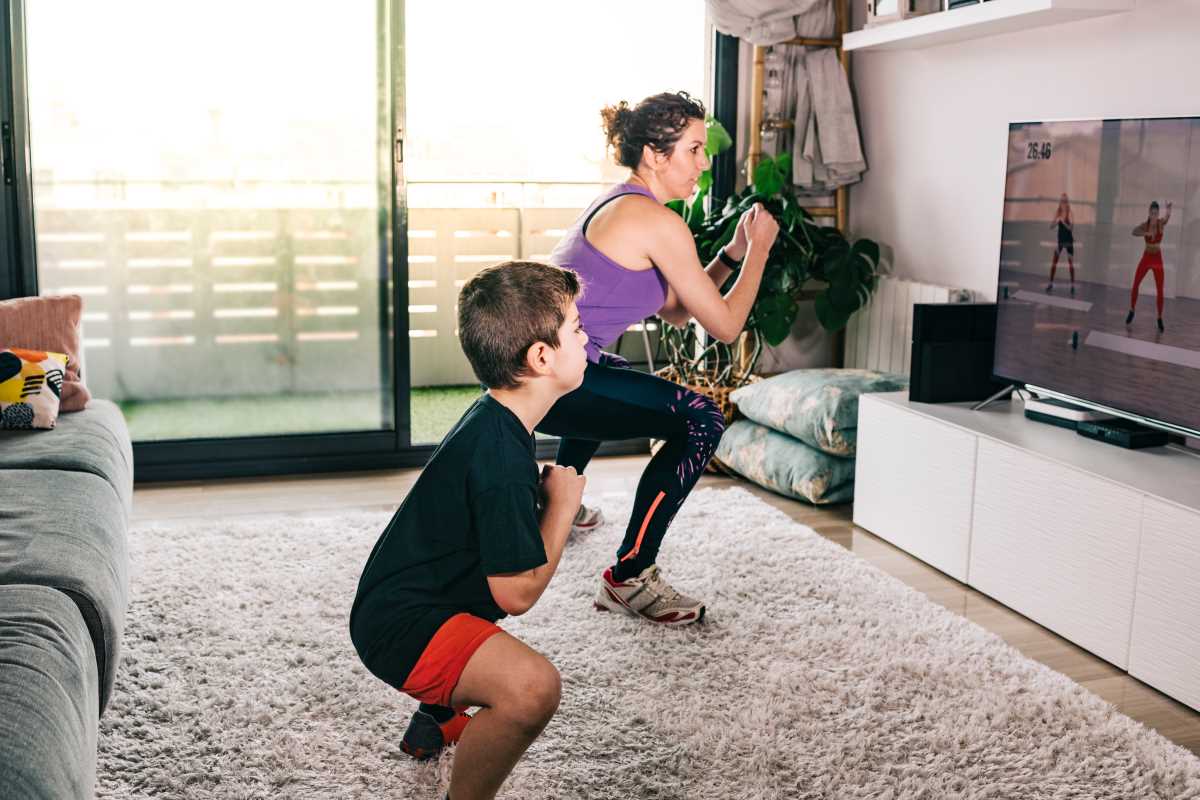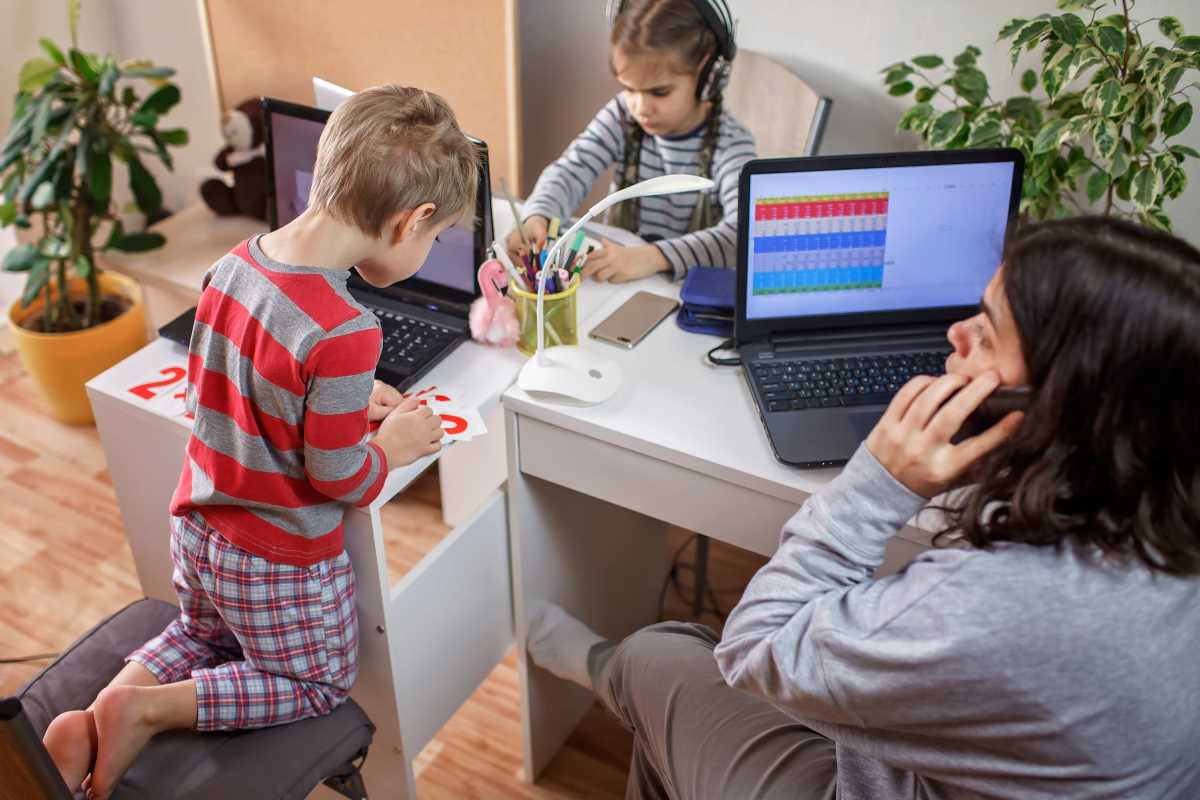Keeping the whole family active doesn't have to feel like a chore—in fact, it can become one of the most enjoyable parts of your weekly routine. When families exercise together, they’re not just working toward better health; they’re creating space for laughter, teamwork, and meaningful connection. In a world where screen time often dominates leisure hours, family workouts offer a refreshing way to unplug and be present with one another. Whether it's a spontaneous dance session in the living room, a weekend bike ride, or participating in a fun local fitness class, shared physical activity can strengthen both muscles and relationships. It's also a great way to teach kids the importance of regular movement and healthy habits from an early age. No matter your family's size, fitness level, or schedule, there's always a creative way to get moving together. With a little planning and a positive mindset, family workouts can become a favorite tradition.
Benefits of Family Workouts
Engaging in family workouts offers numerous advantages that extend beyond physical health. Here are some key benefits:
- Improved Fitness: Regular exercise helps family members maintain a healthy weight, build strength, and boost cardiovascular health.
- Stronger Relationships: Working out together improves communication, teamwork, and mutual support among family members.
- Mental Wellbeing: Physical activity releases endorphins, reduces stress, and enhances mood for everyone involved.
- Positive Role Modeling: Parents set a great example for children by prioritizing fitness, encouraging them to adopt healthy habits.
- Enhanced Coordination: Participating in group activities can improve teamwork and cooperation within the family unit.
These benefits contribute to a more harmonious family dynamic, where each member feels valued and motivated to stay active together.
Types of Family Workouts
Choosing the right type of workout that suits all family members can make exercising more enjoyable and sustainable. Here are some popular options:
- Outdoor Activities: Hiking, biking, or playing sports like soccer and basketball in the park can be both fun and challenging.
- Home Fitness Sessions: Setting up a small workout area at home with equipment like dumbbells or resistance bands allows for flexibility and convenience.
- Dance Parties: Turning up the music and dancing together provides a great way to burn calories while having fun.
- Yoga and Stretching: Practicing yoga can enhance flexibility, reduce stress, and promote mindfulness for all ages.
- Fitness Challenges: Engaging in friendly competitions or setting collective fitness goals motivates everyone to push their limits.
By mixing different types of workouts, families can keep their routines fresh and exciting, ensuring that everyone remains engaged and committed.
Planning Your Family Workout Routine
Creating a structured workout plan helps ensure consistency and effectiveness. Start by assessing each family member’s fitness levels and interests to tailor activities that everyone will enjoy. Set realistic goals, whether you aim for a certain number of workout sessions per week or achieve specific fitness milestones. Scheduling workouts at times that accommodate everyone’s schedules is also important, minimizing conflicts and making participation easier. Remember to incorporate a variety of exercises to target different muscle groups and prevent boredom. Finally, monitor progress regularly and adjust the routine as needed to keep it challenging and enjoyable for the whole family.
Making family workouts fun
Keeping workouts enjoyable is key to maintaining a consistent routine. Introducing games and playful elements can turn exercise into a delightful experience. For instance, setting up scavenger hunts that involve physical tasks or organizing dance-offs where each member showcases their moves makes working out feel like play. Incorporating music, friendly competitions, and rewards can also boost motivation and enthusiasm. By focusing on the fun aspects of exercise, families are more likely to stick with their fitness plans and look forward to their workout sessions together.
Safety Tips for Exercising with Family
Ensuring safety during workouts is essential to prevent injuries and promote a positive experience for everyone. Here are some important tips to keep in mind:
- Warm-Up Properly: Begin each session with a warm-up to prepare muscles and joints for physical activity.
- Use Appropriate Equipment: Ensure that any fitness equipment used is suitable for all ages and properly maintained.
- Stay Hydrated: Encourage regular water breaks to prevent dehydration, especially during intense workouts.
- Listen to Your Body: Pay attention to any signs of discomfort or fatigue and adjust exercises accordingly.
- Provide Supervision: Younger children should be supervised during exercise to ensure they perform movements correctly and safely.
By following these safety guidelines, families can enjoy their workouts without risking injury, making exercise a positive and safe part of their routine.
 (Image via
(Image via





